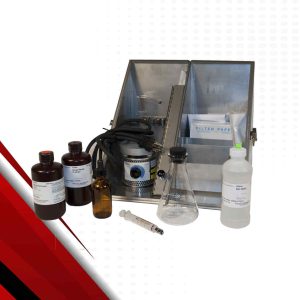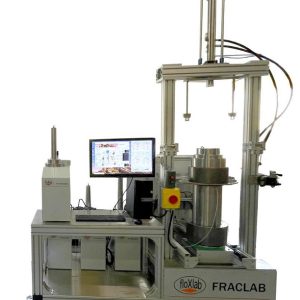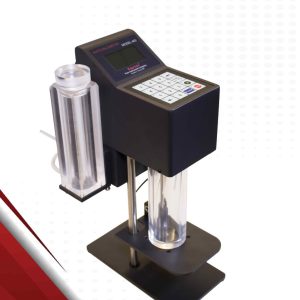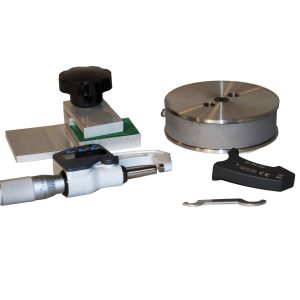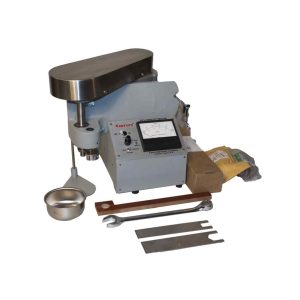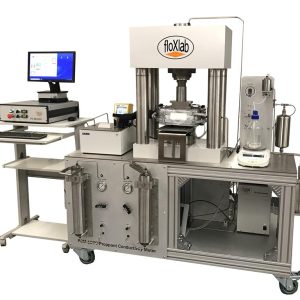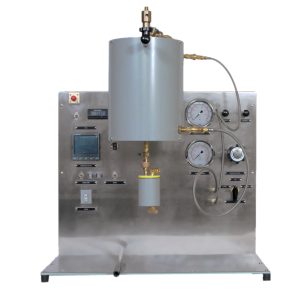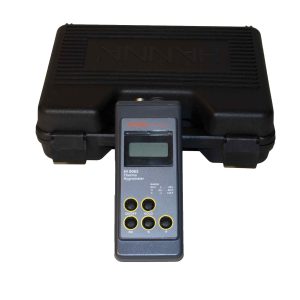For instance, in a depleted oil-field, the capacity of the CO2 storage space depends on the pore space freed after oil production and the pore space that is filled with water under the oil bearing horizon. Depleted oil- and gas- fields represent suitable porous rock structures either for CO2 sequestration or for underground storage of imported natural gas.
Description
The versatile POROPERM determines both porosity and permeability to gas of plug-sized core samples. Specifically, porosity is determined from an isothermal nitrogen expansion and the application of Boyle’s law and Charles’ law. Gas permeability determination is achieved via the steady-state method, and subsequently the equivalent liquid permeability and slip is obtained by linear interpolation. The standard configuration consists of a control console, a quick-release Hassler core holder, a matrix cup and a data acquisition computer station enabling both manual and automatic operation. A hydrostatic high-grade stainless steel core holder can be provided for overburden pressure studies.
Features
Permeability: Range: 0.01md to 10 darcies
Flow Pressure: 0 – 150 psi
Confining Pressure: 0 – 400 psi (option 10,000 psi)
Gas flow: 0-50 and 0-600 cc/min
Temperature: Ambient Pressure transducer accuracy: 0.1% F.S.
Flow accuracy: 1 % F.S.
Core diameter: 1” and 1.5” (option)
Core length: Up to 3”
Power requirement: 110-220 VAC, 50 or 60 H


